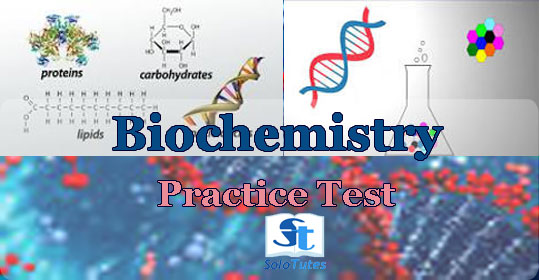The living matter is composed of mainly six elements—carbon, hydrogen, oxygen, nitrogen, phosphorus and sulfur. These elements together constitute about 90% of the dry weight of the human body. Several other functionally important elements are also found in the cells. These include Ca, K, Na, Cl, Mg, Fe, Cu, Co, I, Zn, F, Mo and Se.
Carbon - a unique element of life
Carbon is the most predominant and versatile element of life. It possesses a unique property to form infinite number of compounds. This is attributed to the ability of carbon to form stable covalent bonds and C C chains of unlimited length. It is estimated that about 90% of compounds found in living system invariably contain carbon.
Chemical molecules of life
Life is composed of lifeless chemical molecules. A single cell of the bacterium, Escherichia coli contains about 6,000 different . It is believed that man may contain about 100,000 different types of molecules although only a few of them have been characterized.
Complex biomolecules
The organic compounds such as amino acids, nucleotides and monosaccharides serve as the monomeric units or building blocks of complex biomolecules—proteins, nucleic acids (DNA and RNA) and polysaccharides, respectively. The important biomolecules (macromolecules) with their respective building blocks. As regards lipids, it may be noted that they are not biopolymers in a strict sense, but majority of them contain fatty acids.
Structural hierarchy of an organism
The macromolecules (proteins, lipids, nucleic acids and polysaccharides) form supramolecular assemblies (e.g. membranes) which in turn organize into organelles, cells, tissues, organs and finally the whole organism.
Chemical composition of man
Water is the solvent of life and contributes to more than 60% of the weight. This is followed by protein (mostly in muscle) and lipid (mostly in adipose tissue). The carbohydrate content is rather low which is in the form of glycogen.
THE CELL
The cell is the structural and functional unit of life. It may be also regarded as the basic unit of biological activity.
The concept of cell originated from the contributions of Schleiden and Schwann (1838). However, it was only after 1940, the complexities of cell structure were exposed.
Prokaryotic and eukaryotic cells
The cells of the living kingdom may be divided into two categories
1. Prokaryotes (Greek : pro – before; karyon – nucleus) lack a well defined nucleus and possess relatively simple structure. These include the various bacteria.
2. Eukaryotes (Greek : eu – true; karyon – nucleus) possess a well defined nucleus and are more complex in their structure and function. The higher organisms (animals and plants) are composed of eukaryotic cells. The cell consists of well defined subcellular organelles, enveloped by a plasma membrane. By differential centrifugation of tissue homogenate, it is possible to isolate each cellular organelle in a relatively pure form
.png)















.jpg)
.png)







 संज्ञा
संज्ञा